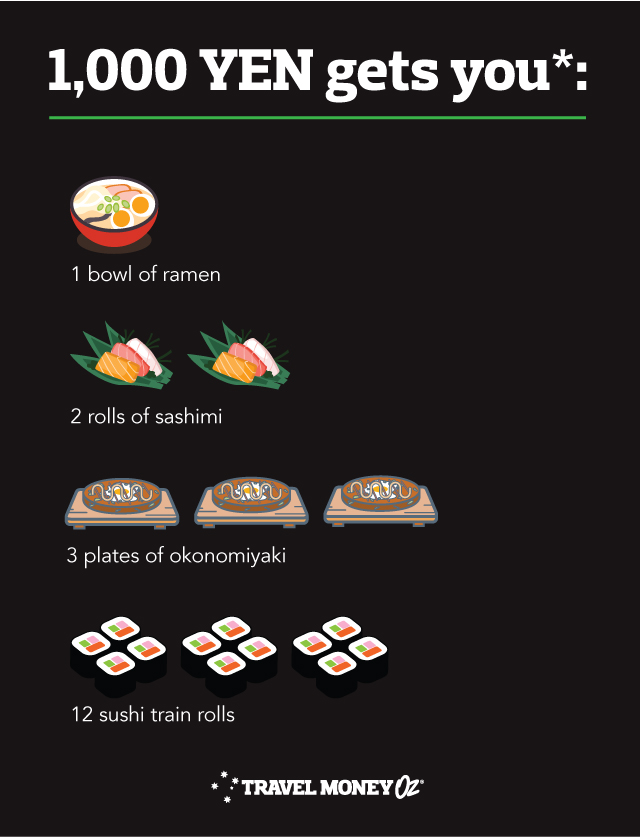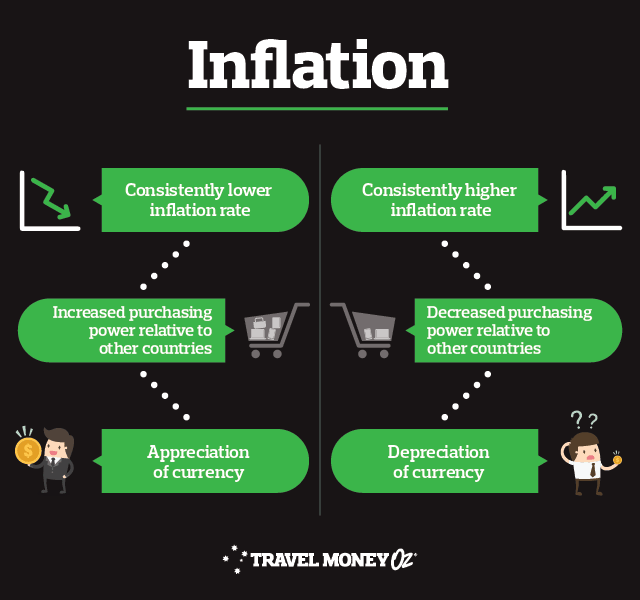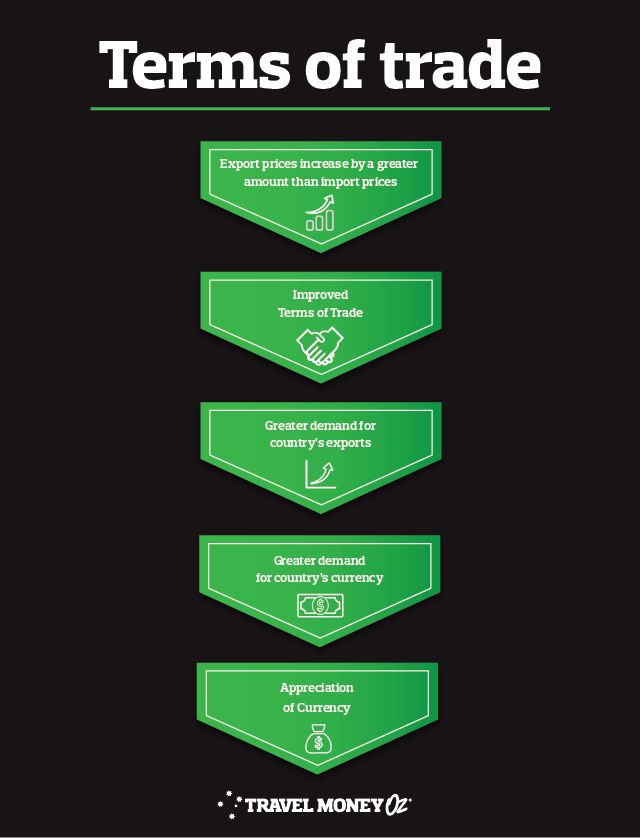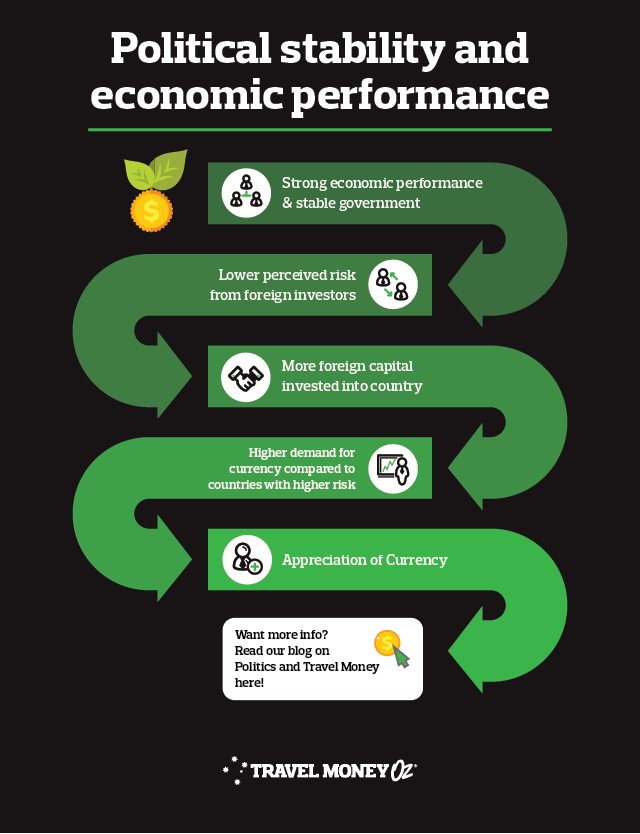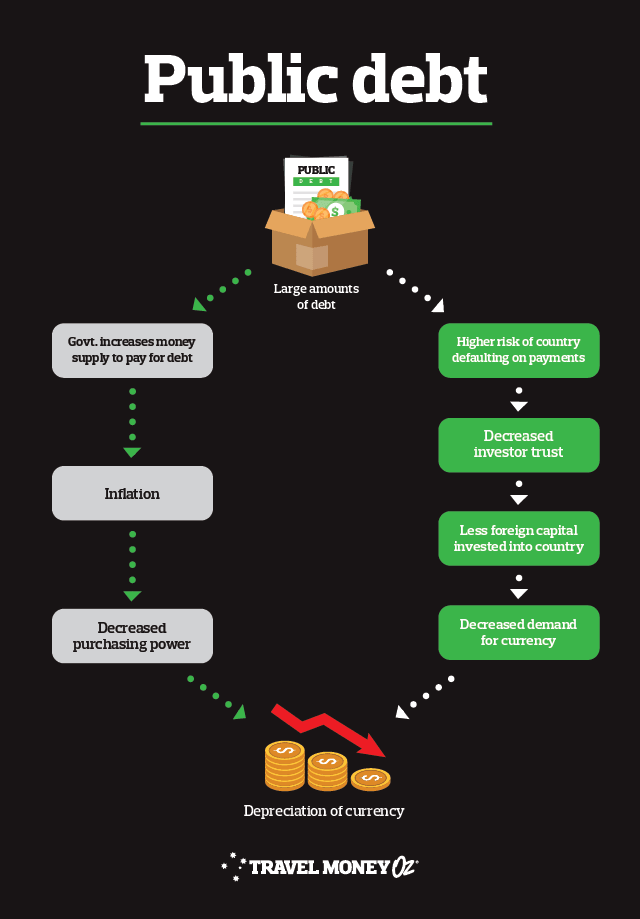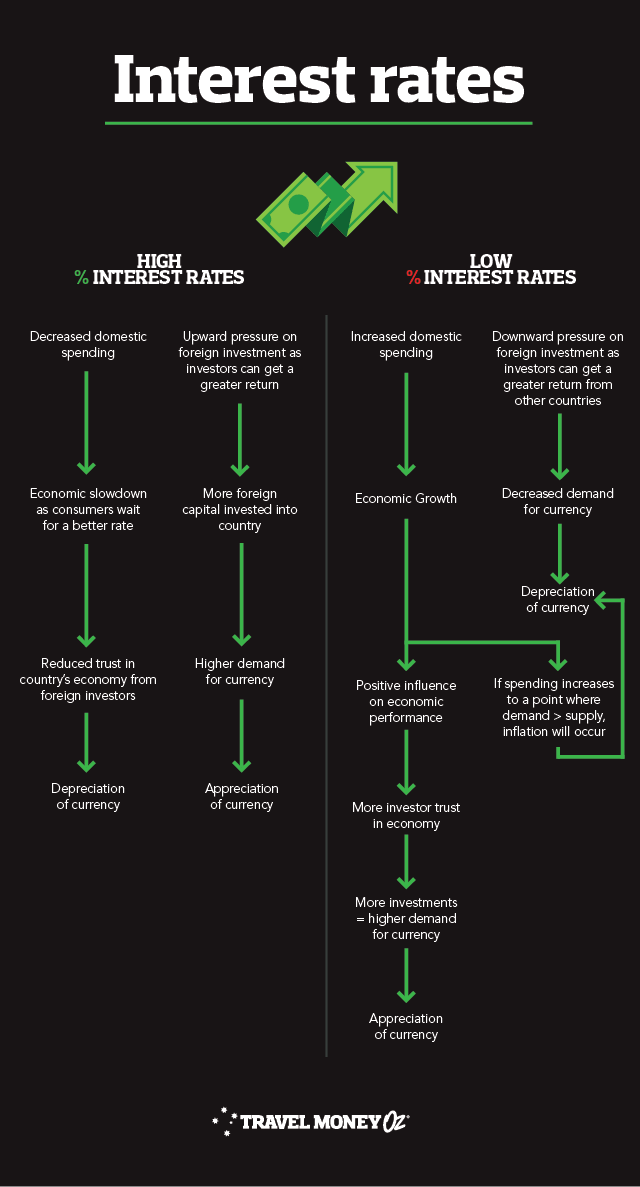Now, we know that you (probably) don’t have a gift to predict the future, and if you do you’re probably using this power to predict the winning lottery number, not currency fluctuations. This is why we’re here to teach you everything you need to know about Japanese currency forecasting. Having an understanding of what impacts forecasting will allow you to maximise your spending money.
We're also realists though, so if you're too busy planning your Japanese adventure to keep an eye on the currency, simply sign up for rate alerts and let us do the hard work for you.
Below, we have the mean of 68 bank forecasts, compared to Westpac and Citigroup forecasts for the Yen during peak travel seasons in 2020.
AUD to Japanese yen forecast
|
AUD/JPY
|
Mean (of 68 bank forecasts)
|
Citigroup
|
Westpac
|
|
Seasonality
|
Q2 2020
|
Q3 2020
|
Q2 2020
|
Q3 2020
|
Q2 2020
|
Q3 2020
|
|
Exchange Rate
|
71.90
|
72.40
|
72.80
|
71.70
|
68.60
|
71.00
|
|
Exchange 2k in AUD
|
143,800
|
144,800
|
145,600
|
143,400
|
137,200
|
142,000
|
|
Difference
|
¥1,000
|
¥2,200
|
¥4,800
|
|
Data correct as of February 7th, 2020
|
Let's use the mean as an example. If you keep an eye on exchange rates, you could pocked an extra 1000 yen. What will this mean for your travels? To answer this we’ve put the number into more important terms, food.
If those extra meals aren’t worth learning a bit about forecasting then I don’t know what is.
Just from the differences in these predictions, it is obvious that forecasting can be highly variable. Banks and financial institutions draw on a wide range of information to make their forecasts, such the Australian and Japanese interest rates, economic growth, commodity prices and speculation. There are countless streams of data and methods of analysis, none of which are 100% accurate. Therefore, in order to lower risk and more accurately forecast, it is recommended that you look at a couple of different AUD to JPY forecasts before you purchase your travel money.
To get a deeper insight into forecasting, it’s important to have an understanding of the relationship between macroeconomic fundamentals and exchange rates. Below we have compiled a quick lesson on these fun topics to help you get better informed before you stock up on Yen.
Lesson 1: Definitions
Appreciation: When the value of one currency increases relative to another. E.g. if the AUD went from ¥80 to ¥85, it has appreciated. This means you can treat yourself to that extra sushi roll
Depreciation: (Hint, it’s the opposite) When the value of one currency decreases relative to another, e.g. if the AUD dropped from ¥85 to ¥80. This means being a bit stingy on the sushi.
Higher valued currency: This means we have a strong Aussie dollar, which equals cheaper imports, more expensive exports and extra spending money in Japan.
Lower valued currency: This means we have a weaker Aussie dollar, which equals more expensive imports, cheaper exports and less cash for Japan.
Inflation: The rate at which the general prices of goods and services is rising, and in turn, the rate at which a currency’s purchasing power is falling. Back in the day, $10 used to get you a lot more than it does now, because over time the value of currency decreases due to supply and demand.
Economic growth: The increase in an economy’s capacity to produce goods and services. Growth is generally good, but we don’t want it to be too fast.
Now for lesson 2: Let’s have a look at some flow charts!
The main takeaway is that the AUD and JPY exchange rates are influenced by a variety of different factors. All in all, they sum up the supply and demand of the currency.
Demand is driven by the perceptions of a currency’s value, which is influenced by economics, politics and the media (among other things).
It’s also important to note that the changes are relative to the other country in which the currency is being compared to. Elements in both currencies influence and interact with each other, so they must be considered all together for a holistic view.
Therefore, if you’re planning a trip to Japan, it’s wise to keep an eye on what’s going on over there. Any change in the environmental landscape such as a new trade agreement, change in leadership or even a news article can cause the public to gain or lose trust in the economy. In turn, this can put pressure on the JPY.
More trust = more people willing to invest in country = greater demand for currency = appreciation
Less trust = less foreign capital invested into country = decreased demand for currency = depreciation
From a traveller’s perspective, we don’t have much control over how the AUD will perform against the JPY. However, understanding forecasting and planning ahead can give you more bang for your buck in Japan. Be sure to keep an eye on forecasts and changes in the rate, as the exchange rate might be set to improve. It's also worth having a squiz at our Aussie dollar exchange rate forecasting blog to see what's affecting the AUD side of things.
Don’t worry about missing out on a better rate after purchase either! Add Rate Move Guarantee in store and we will refund you the difference should the rate change within 14 days after purchase.
*Prices are approximations based off the difference between mean estimates for AUD to JPY in Q2 2020 and Q3 2020. Keep in mind prices may vary across states and individual vendors. Cost and quantity estimations should be used as a guide only. Rates advertised are market rates and are not available to the general public. ^Average exchange rates for 2020: data sourced from the Westpac Financial year average exchange rates report. This blog is provided for information only and does not take into consideration your objectives, financial situation or needs. You should consider whether the information and suggestions contained in any blog entry are appropriate for you, having regard to your own objectives, financial situation and needs. While we take reasonable care in providing the blog, we give no warranties or representations that it is complete or accurate, or is appropriate for you. We are not liable for any loss caused, whether due to negligence or otherwise, arising from use of, or reliance on, the information and/or suggestions contained in this blog.

